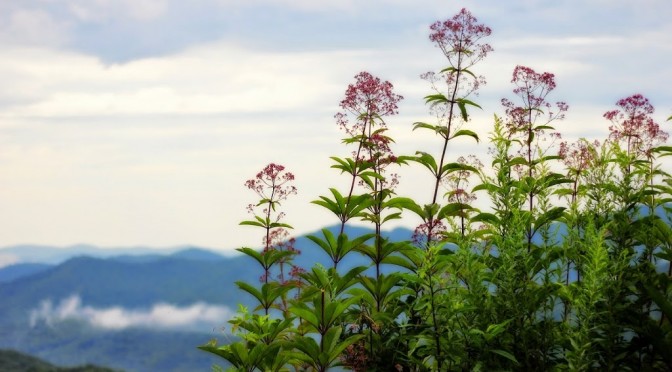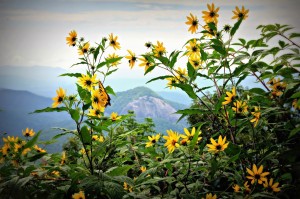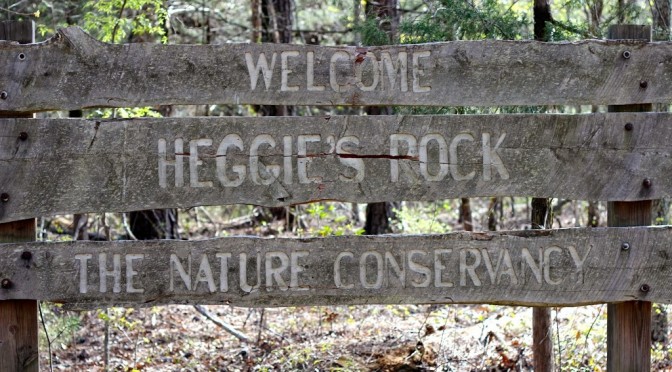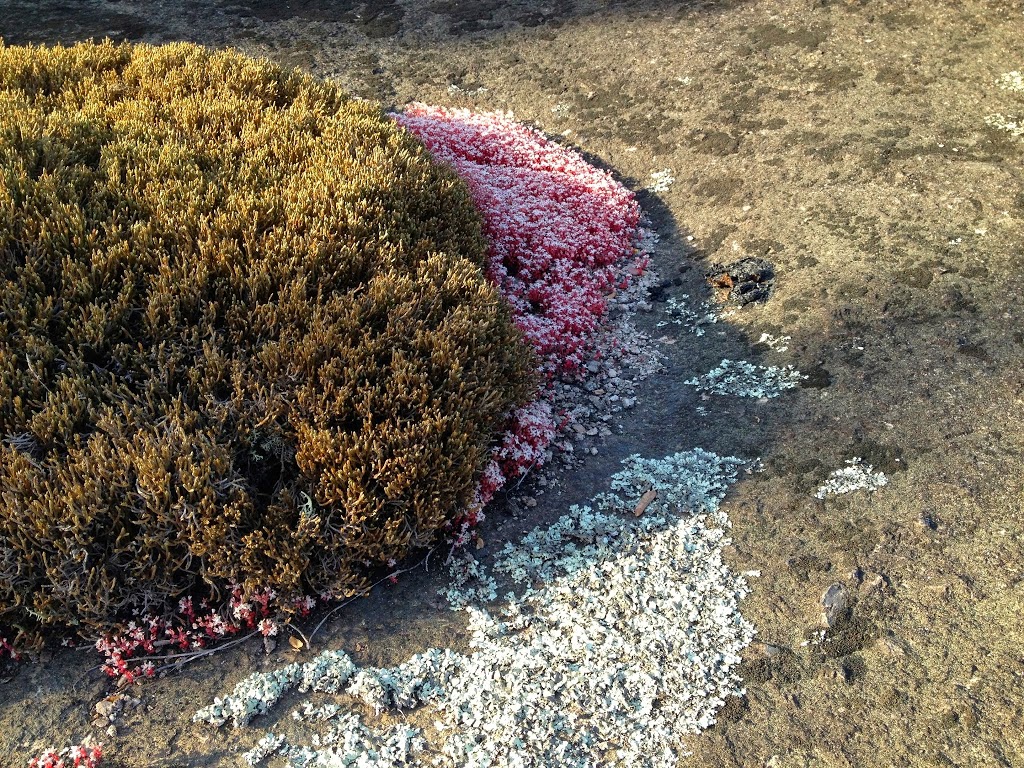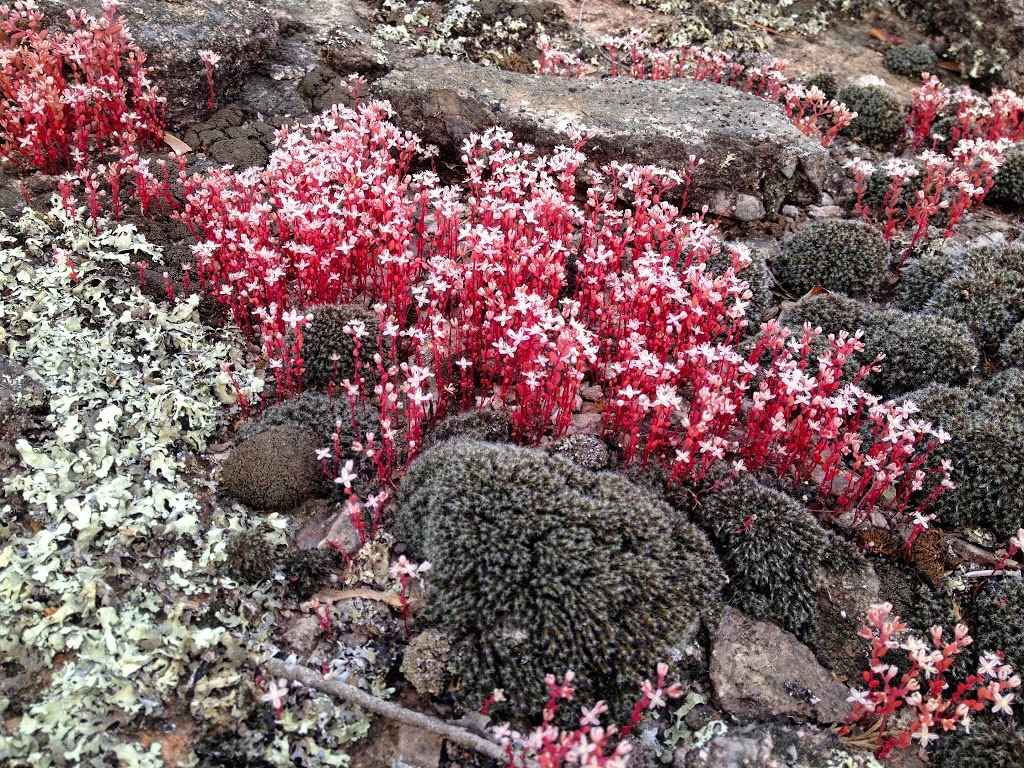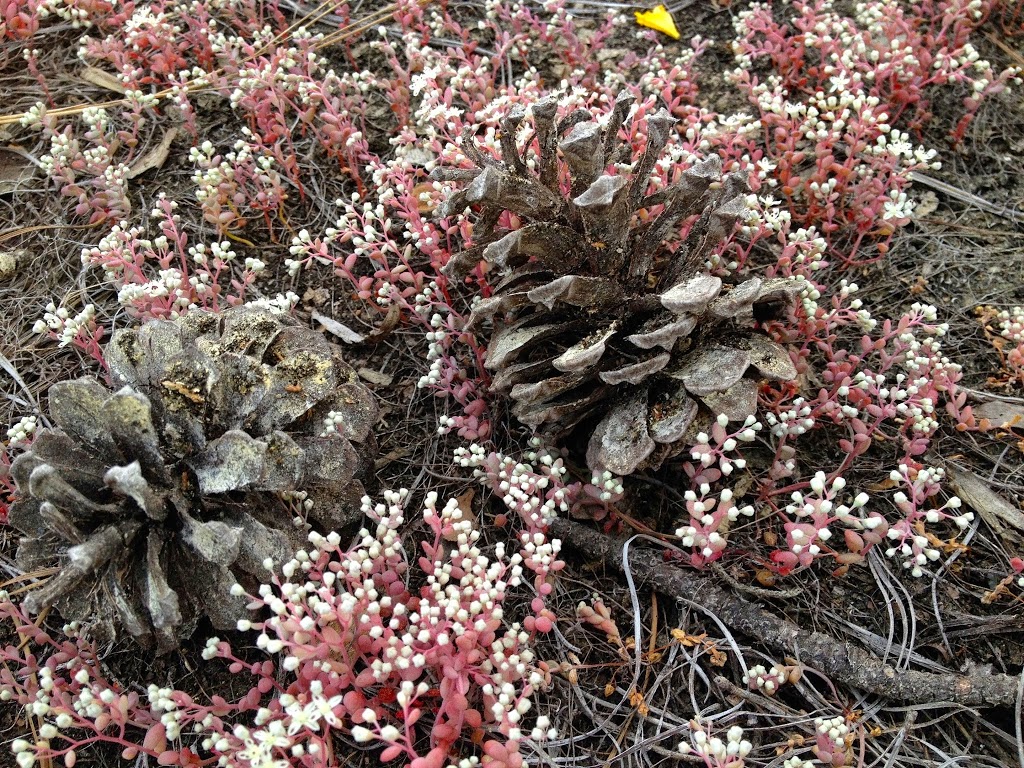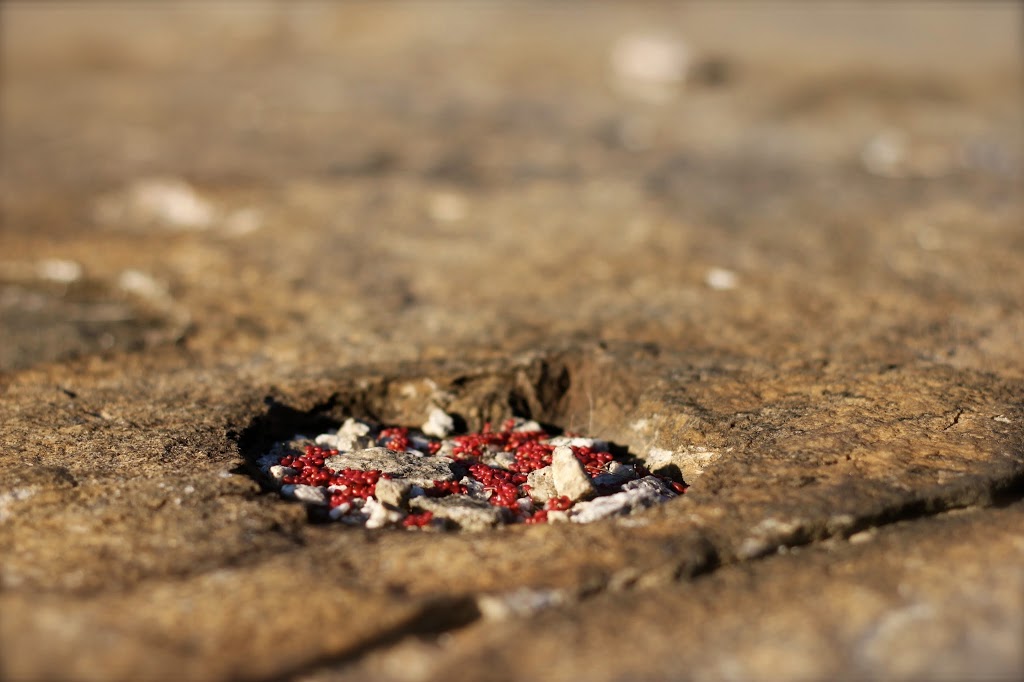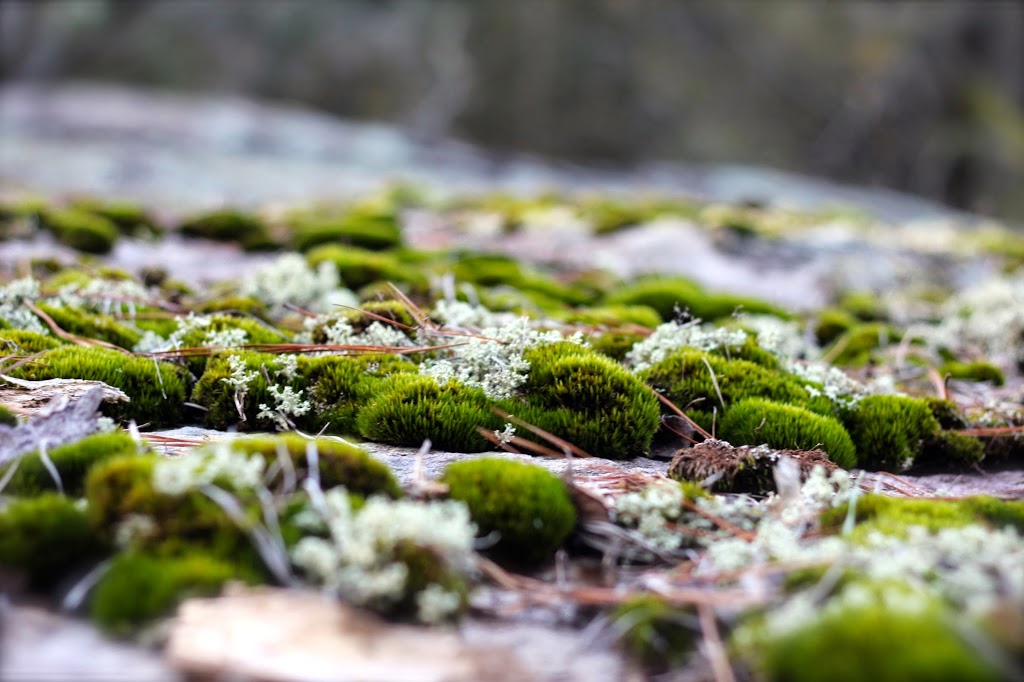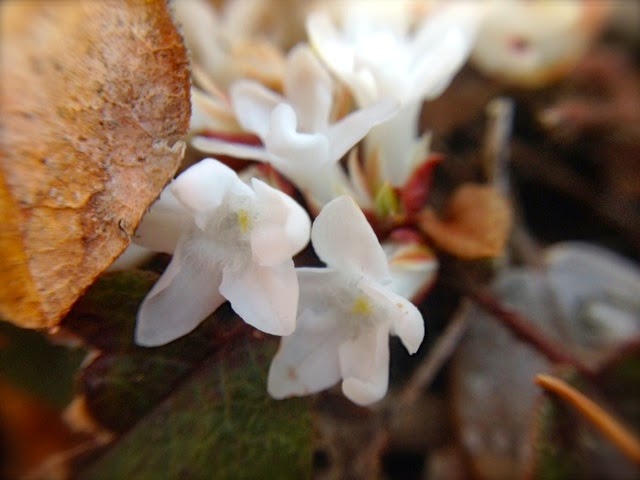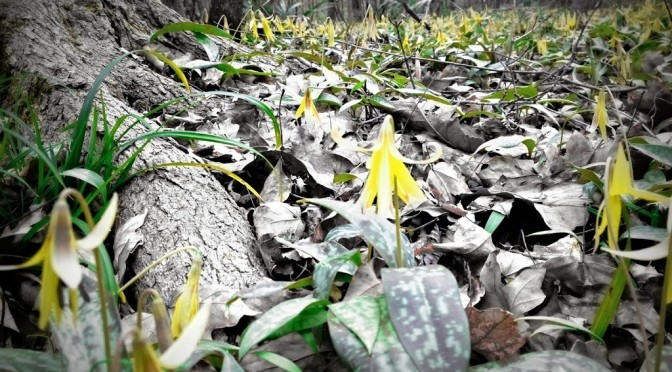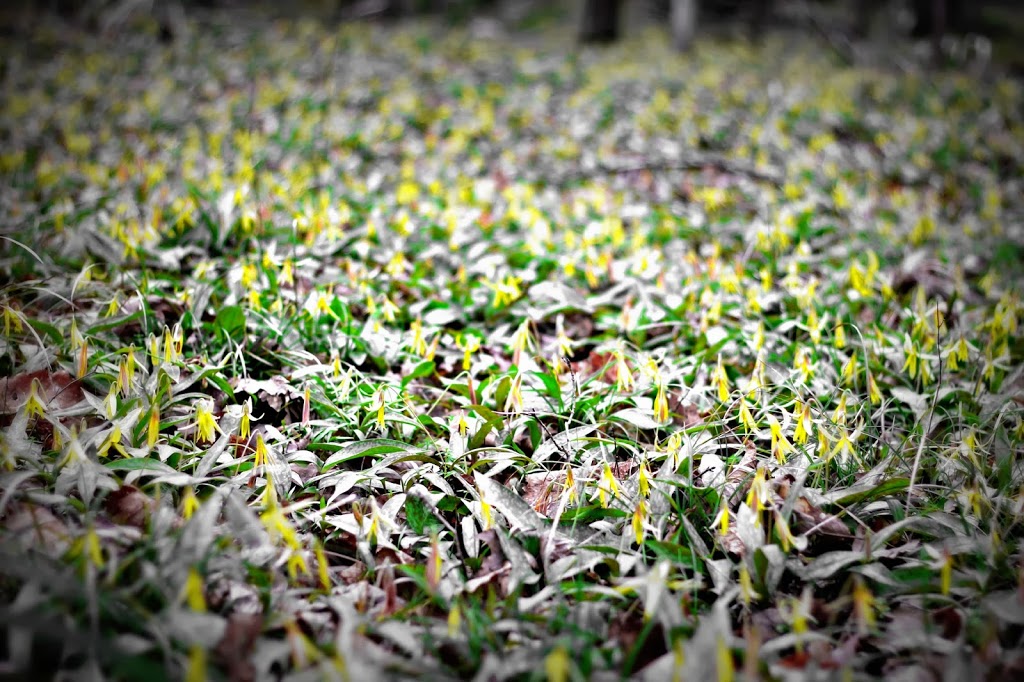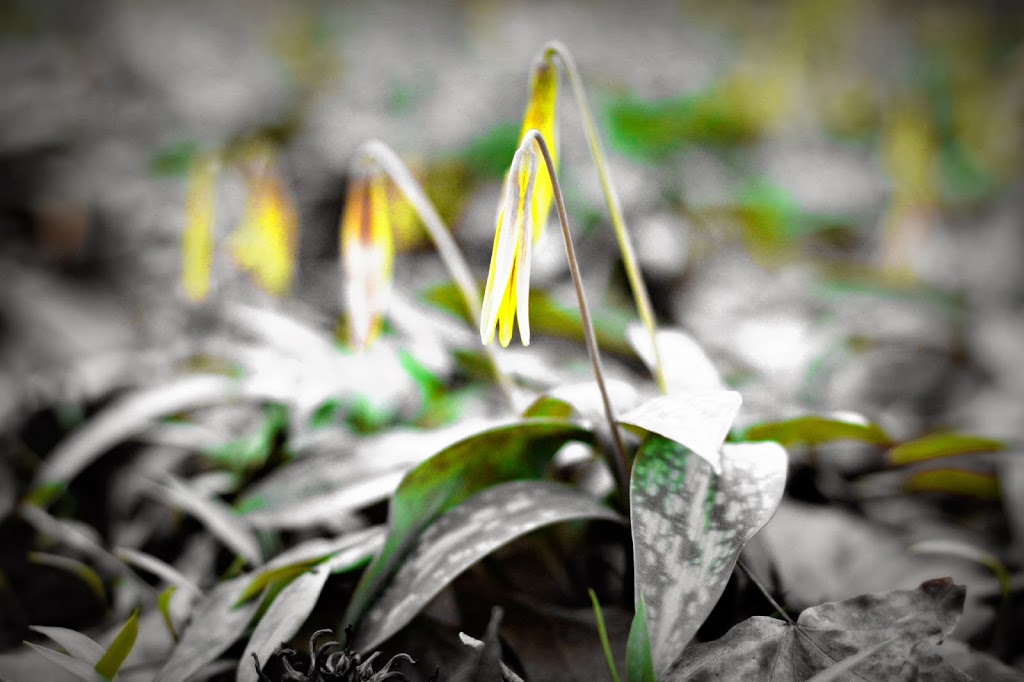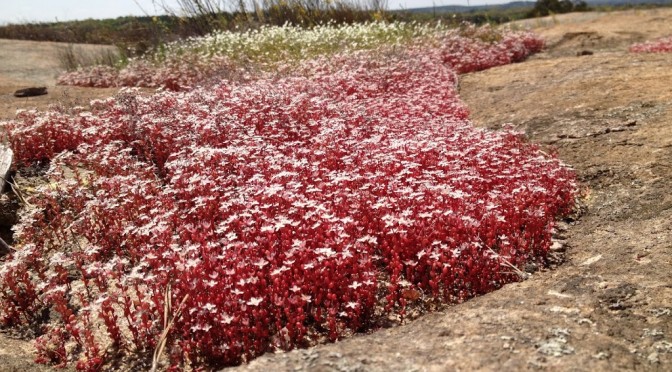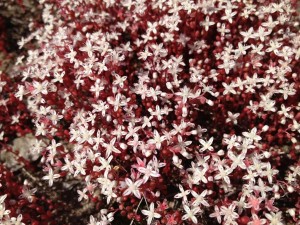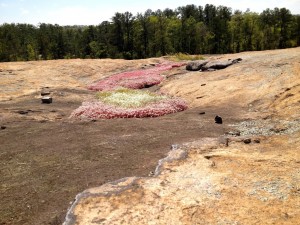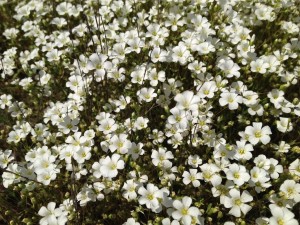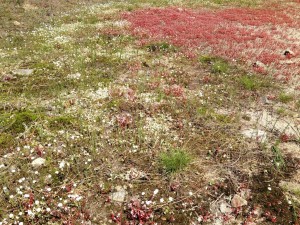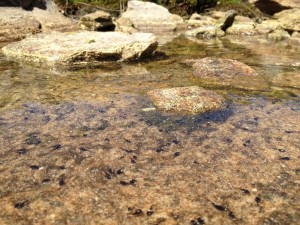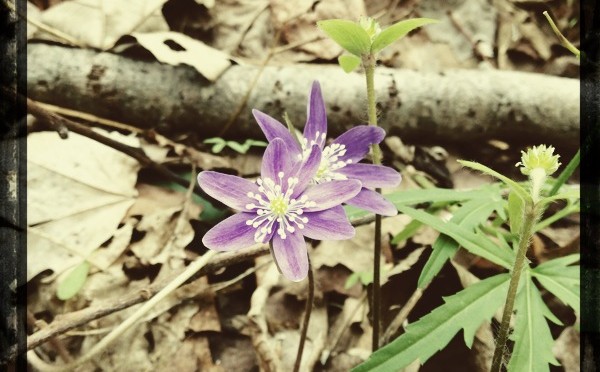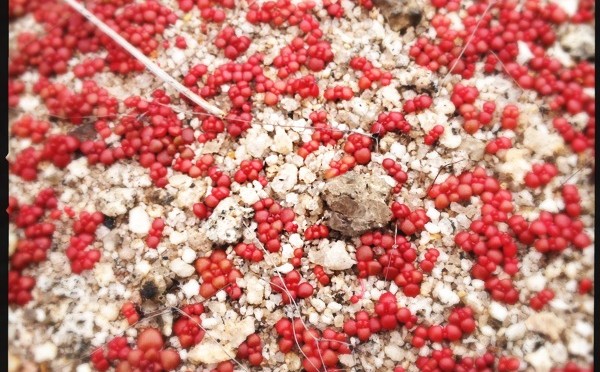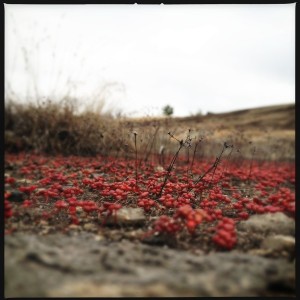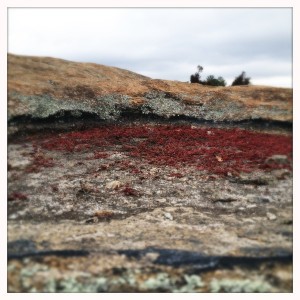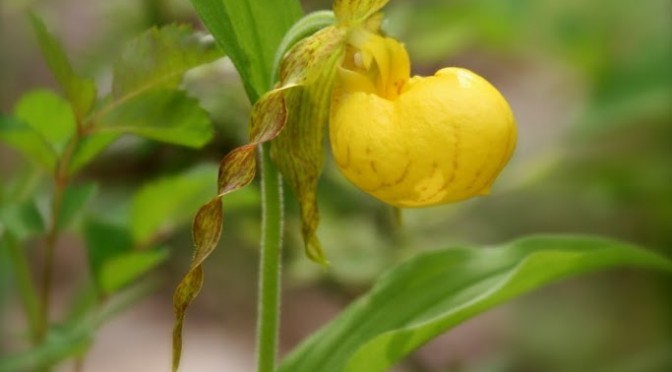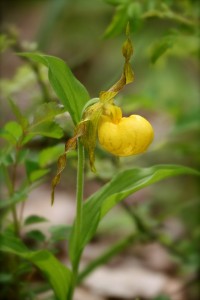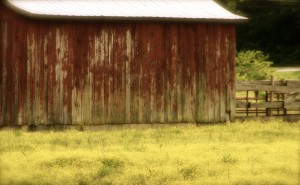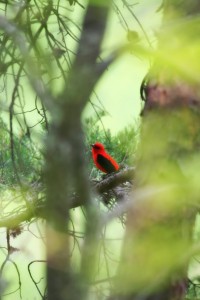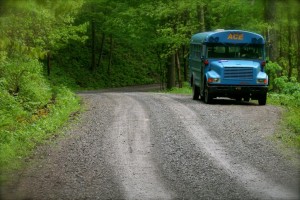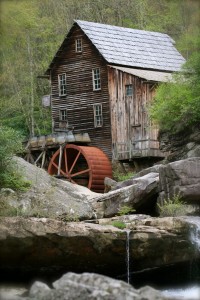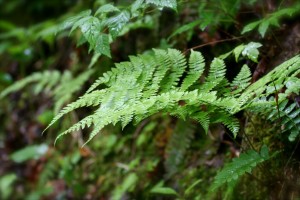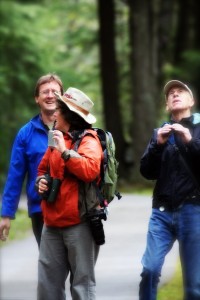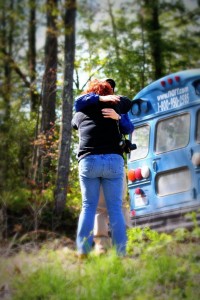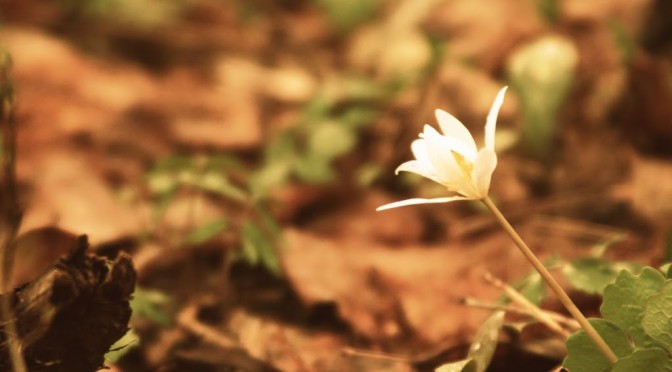He who limps is still walking. ~Stanislaw J. Lec
I love wandering in the woods to find the first sleeping plants that awaken from the forest floor. It’s something of a rite of spring for me, despite the fact that I no longer have to suffer through a cold northern winter. Many of these spring ephemerals, as well as being beautiful, are important food sources for the first foraging butterflies and bees that emerge. Many are even downward-facing to better serve the insects that cruise the forest floor.
A couple weeks back we took an impromptu Friday evening walk to the nature trail at Stone Mountain Park; a friend had mentioned that it’s one of the best local places to see a few of my favorites. It’s an easy 3/4 mile trail that meanders beside a stream. It was lovely; the azaleas were blooming and as a bonus we saw our first Louisiana waterthrush of the season! T here were many blooming mayapples – so hard to photograph nicely – and some pink lady slippers that I want to go back to check on. I found foamflower, I think, though it’s much taller than what I’m used to seeing in NJ. The common name comes from the delicate white flowers that look like foam. I love the extra long pistils on the flowers that rise above the white petals like little golden crowns. Books say that these flowers were often presented by Greeks as tokens of their love.
here were many blooming mayapples – so hard to photograph nicely – and some pink lady slippers that I want to go back to check on. I found foamflower, I think, though it’s much taller than what I’m used to seeing in NJ. The common name comes from the delicate white flowers that look like foam. I love the extra long pistils on the flowers that rise above the white petals like little golden crowns. Books say that these flowers were often presented by Greeks as tokens of their love.
We also found green-and-gold which is another favorite. It blooms in shady woodland places. So pretty! I believe it’s in the aster family, so you know pollinators love it. We finished off our easy evening hike by deciding to head off the nature trail and into the forest proper. We didn’t g et very far before we had to cross a wet area where the stream ran across a bunch of flat rocks. Despite being extra-super careful when crossing those slippery, moss-covered rocks, I managed to fall and twist up my leg. Bummer! Two weeks later and I finally worked up the courage to see a doctor today… the pain wasn’t going away and walking/sleeping/sitting haven’t gotten any easier. I have to go back for an MRI, but the chance is that I’ve torn a meniscus.
et very far before we had to cross a wet area where the stream ran across a bunch of flat rocks. Despite being extra-super careful when crossing those slippery, moss-covered rocks, I managed to fall and twist up my leg. Bummer! Two weeks later and I finally worked up the courage to see a doctor today… the pain wasn’t going away and walking/sleeping/sitting haven’t gotten any easier. I have to go back for an MRI, but the chance is that I’ve torn a meniscus.
I’m studying up  on knee anatomy (in between wildflower guides!) and hoping that rest and time and the brace the doctor gave me will fix it up. I welcome any suggestions for how to include/disguise this hideous-looking brace in my professional attire. I hope next time I’ll be more careful; wildflowers are a risky habit to have!
on knee anatomy (in between wildflower guides!) and hoping that rest and time and the brace the doctor gave me will fix it up. I welcome any suggestions for how to include/disguise this hideous-looking brace in my professional attire. I hope next time I’ll be more careful; wildflowers are a risky habit to have!

